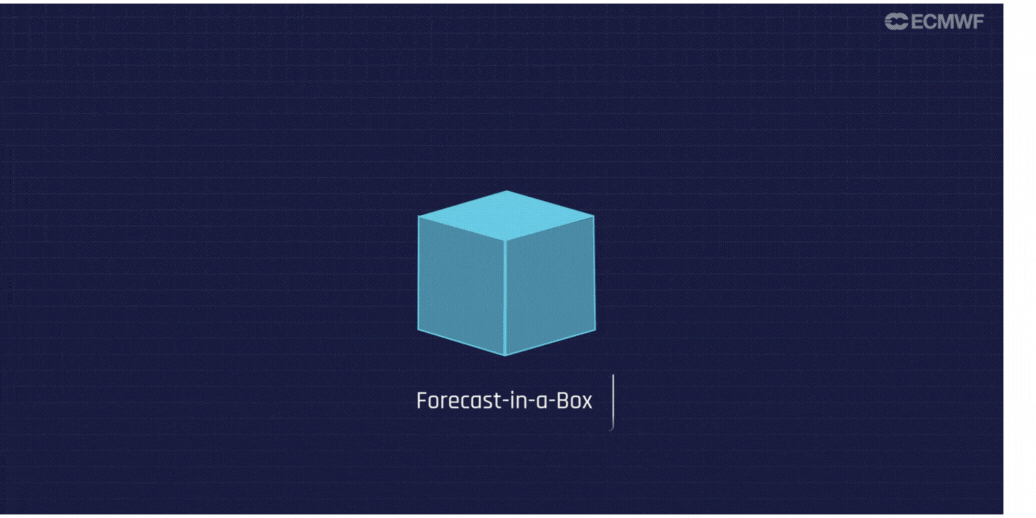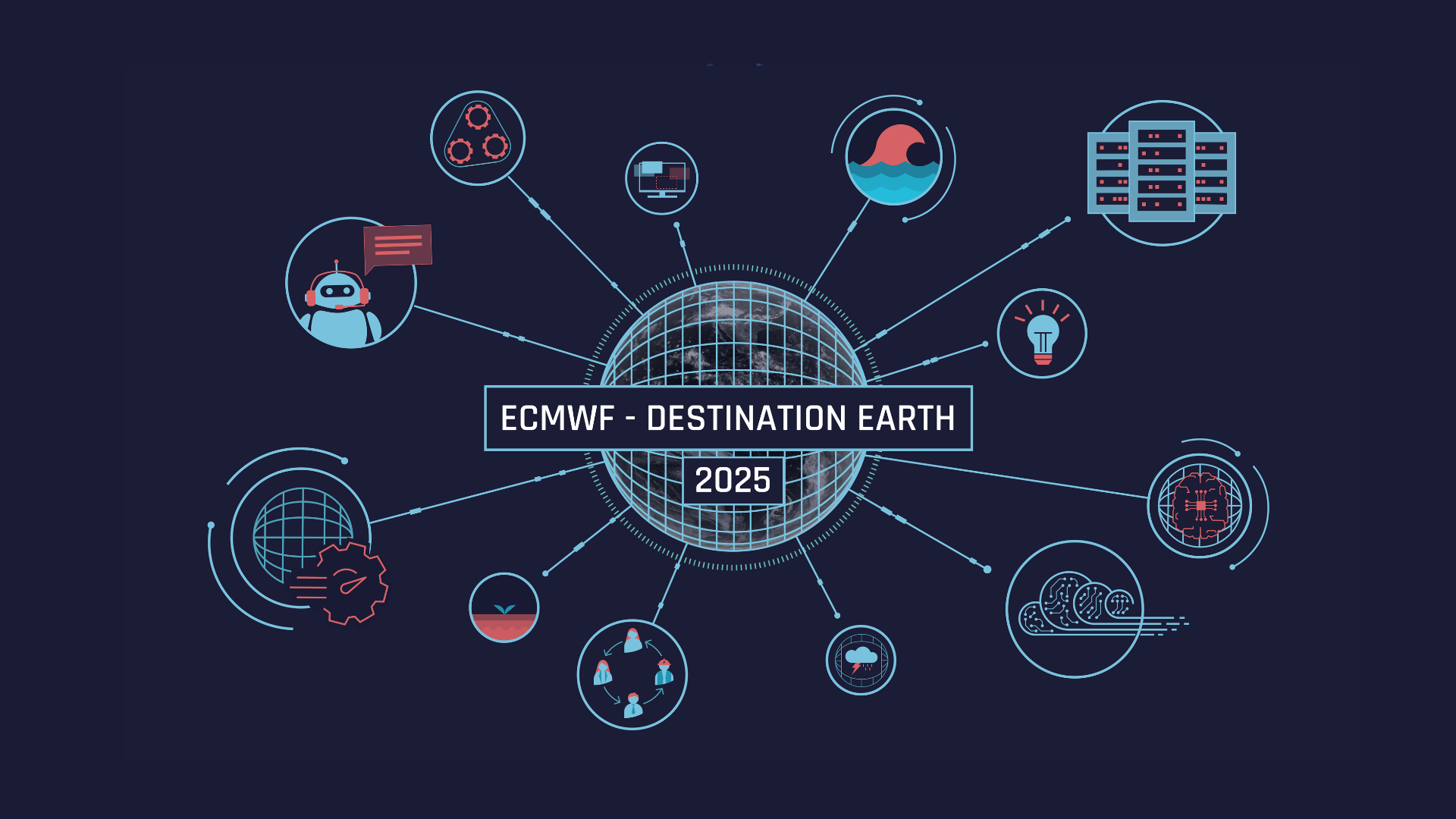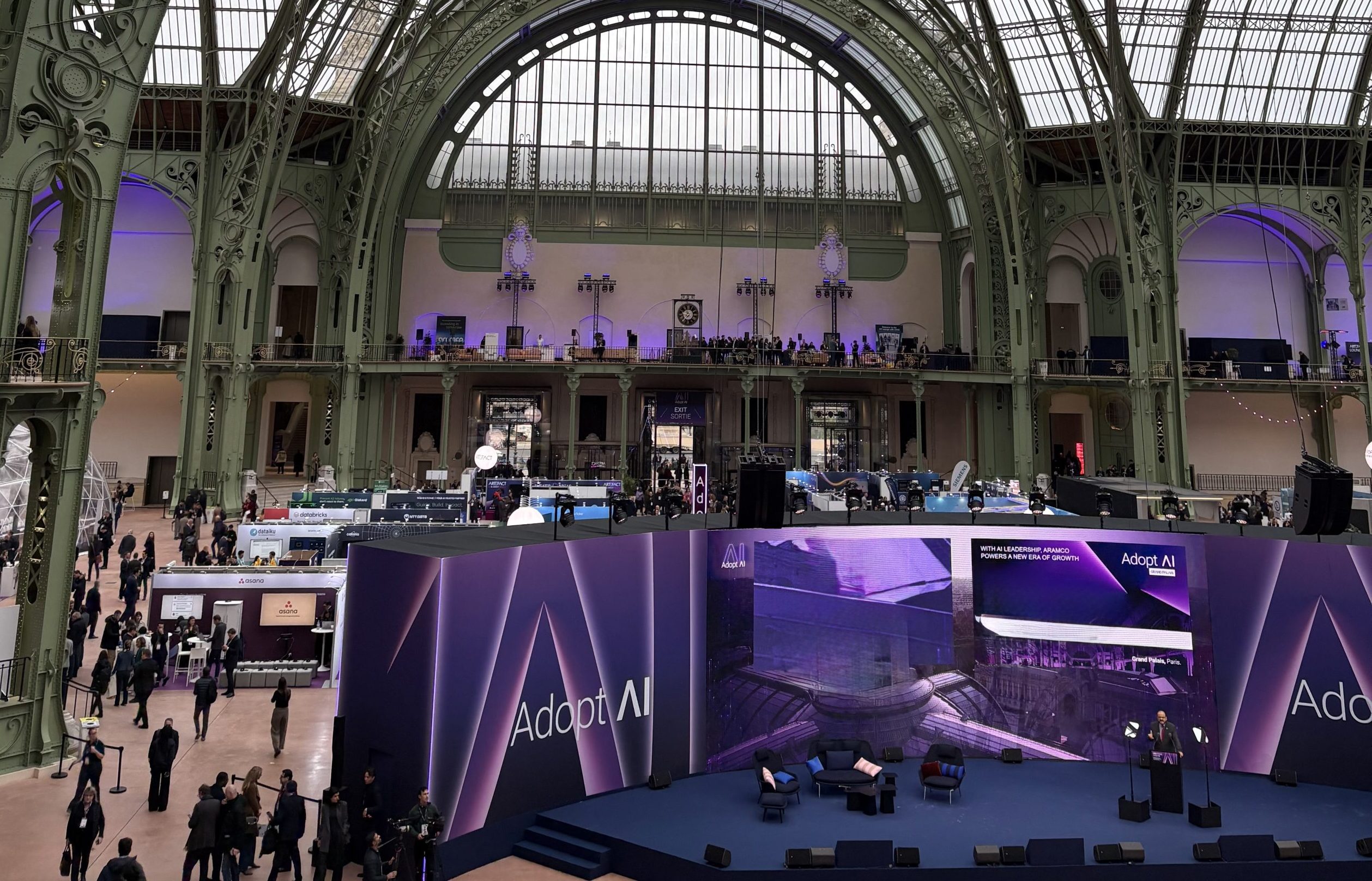
ECMWF is prototyping a modular approach to AI-powered weather forecasting known as Forecast-in-a-Box as part of the AI-driven solutions being developed in the Digital Twin Engine of the European Commission’s Destination Earth (DestinE) initiative. This innovative concept consists in packaging lightweight, data-driven forecast models and the entire prediction end-to-end workflow into a portable, self-contained unit—designed for flexible deployment and tailored user needs.
Data-driven models such as ECMWF’s AIFS and Met Norway’s Bris are fundamentally different from traditional numerical weather prediction systems. They are lighter, faster, and more portable, making them well suited to run outside large high-performance computing (HPC) infrastructures. This opens a new opportunity: to enable forecasting workflows that operate closer to the point of use, whether on local systems, cloud platforms, or user devices.
Forecast-in-a-Box aims to package the entire workflow, including:
- input data handling and pre-processing,
- the trained AI model,
- post-processing and visualisation routines,
- and control systems for managing the process.
Together, these components form a modular and customisable forecasting unit, enabling users to run, operate and develop complete, AI-based forecasting workflows on their own infrastructure.


This approach offers several key advantages:
- Users can tailor the forecasting pipeline to their specific needs, defining which data and products they need. This reduces data throughput requirements as only the initial conditions are needed, and all else stays local.
- Running the forecast close to where the data is consumed improves responsiveness and timeliness in downstream workflows.
- Containerised formats allow forecast boxes to be deployed across a range of environments.
- Researchers, developers, and operational users can interact with state-of-the-art forecasting tools without deep expertise in system setup or infrastructure.
Within DestinE, ECMWF is developing early prototypes of AIFS packaged in Forecast-in-a-Box form as part of the Digital Twin Engine. In parallel, Met Norway is collaborating with ECMWF on packaging the Bris model for deployment at regional scale. One early version of such applications of Bris focuses on supporting the WMO’s AI and Early Warnings for All initiatives, with a WMO-endorsed pilot project in Malawi, currently exploring how AI-powered forecast boxes could strengthen and democratise local early warning capabilities.
Hence, solutions like Forecast-in-a-Box have the potential to support national meteorological services in their roles, particularly in enabling more flexible, decentralised forecasting workflows that require less computing power than traditional forecasting systems and that can more easily be adapted to specific regional needs and operational contexts.
In addition, these portable, modular workflows align closely with the vision of the European Union’s AI Factories, new collaborative hubs aimed at bringing together data, high-performance computing infrastructure, and expertise to advance cutting-edge AI applications. The Forecast-in-a-Box exemplifies the kind of reproducible, user-focused AI solution that could be deployed within these ecosystems, contributing to Europe’s strategic goals for a sovereign and trusted AI in critical sectors like weather and climate. ectors like weather and climate.

While still at an early prototype stage, Forecast-in-a-Box represents a promising step toward more flexible, scalable, and user-oriented forecasting workflows—helping turn AI innovation into practical solutions for science and society.
Destination Earth is a European Union funded initiative launched in 2022, with the aim to build a digital replica of the Earth system by 2030. The initiative is being jointly implemented by three entrusted entities: the European Centre for Medium-Range Weather Forecasts (ECMWF) responsible for the creation of the first two ‘digital twins’ and the ‘Digital Twin Engine’, the European Space Agency (ESA) responsible for building the ‘Core Service Platform’, and the European Organisation for the Exploitation of Meteorological Satellites (EUMETSAT), responsible for the creation of the ‘Data Lake’.
We acknowledge the EuroHPC Joint Undertaking for awarding this project strategic access to the EuroHPC supercomputers LUMI, hosted by CSC (Finland) and the LUMI consortium, Marenostrum5, hosted by BSC (Spain) Leonardo, hosted by Cineca (Italy) and MeluXina, hosted by LuxProvide (Luxembourg) through a EuroHPC Special Access call.
More information about Destination Earth is on the Destination Earth website and the EU Commission website.
For more information about ECMWF’s role visit ecmwf.int/DestinE
For any questions related to the role of ECMWF in Destination Earth, please use the following email links:


